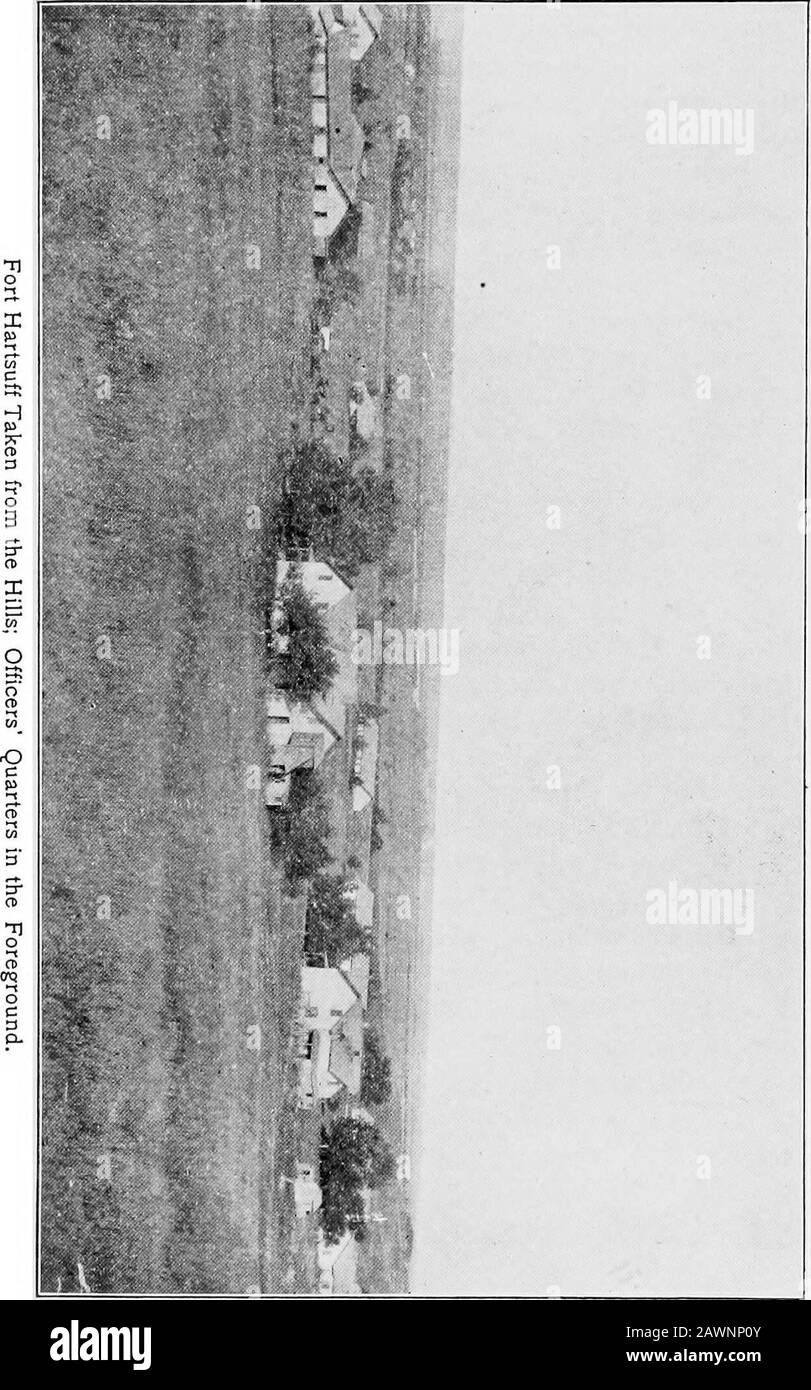The trail of the Loup; being a history of the Loup River region . further Indian trouble. Later in the summer the old Civil War veteranGen. E. O. C. Ord—after whom the city is named—arrived and with himcame a corps of engineers who should help locate the fort. The site chosenhad some strategic importance, and was not far from the excellent gravelbeds on Gravel Creek and but a short distance from the Clifton and JonesCanyons, which furnished the bulk of the timber needed in the construc-tion of the several buildings. The building of the fort in the fall of 74 was a most fortunate event inthe hi

Image details
Contributor:
The Reading Room / Alamy Stock PhotoImage ID:
2AWNP0YFile size:
7.2 MB (462.1 KB Compressed download)Releases:
Model - no | Property - noDo I need a release?Dimensions:
1249 x 2001 px | 21.1 x 33.9 cm | 8.3 x 13.3 inches | 150dpiMore information:
This image is a public domain image, which means either that copyright has expired in the image or the copyright holder has waived their copyright. Alamy charges you a fee for access to the high resolution copy of the image.
This image could have imperfections as it’s either historical or reportage.
The trail of the Loup; being a history of the Loup River region . further Indian trouble. Later in the summer the old Civil War veteranGen. E. O. C. Ord—after whom the city is named—arrived and with himcame a corps of engineers who should help locate the fort. The site chosenhad some strategic importance, and was not far from the excellent gravelbeds on Gravel Creek and but a short distance from the Clifton and JonesCanyons, which furnished the bulk of the timber needed in the construc-tion of the several buildings. The building of the fort in the fall of 74 was a most fortunate event inthe history of the Valle.y. The swarms of locusts had earlier in the seasondestroyed every vestige of crops, and starvation actually stared the settlersin the face. PORT HARTSUFF; ITS RISE AND FALL 131 But jusx in the riick of time came the fort and with it an abundance of?work at good wages for every man who cared to take it. The buildings were to be constructed from concrete of gravel andcement. This called for a great deal of hauling. There were the sand and. gravel to be moved from the pits four miles south of the fort, and thetimber to be cut and drawn from the canyons eight miles north. The limewas to be carted from the kilns on Dr. Beebes ranch forty miles down 132 THE TRAIL OF THE LOUP the river, and every sack of cement and all the finishing lumber came fromGrand Island, eighty miles by road. Every team for miles up and down the river was requisitioned and every